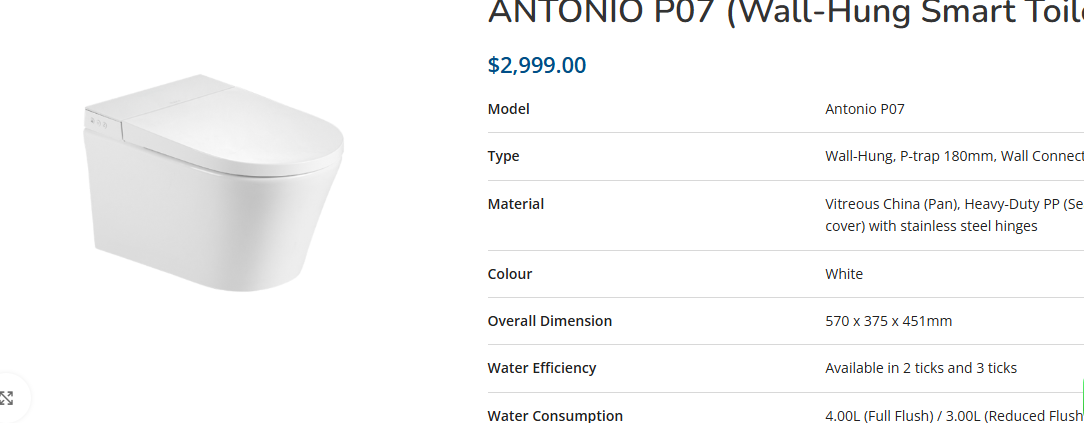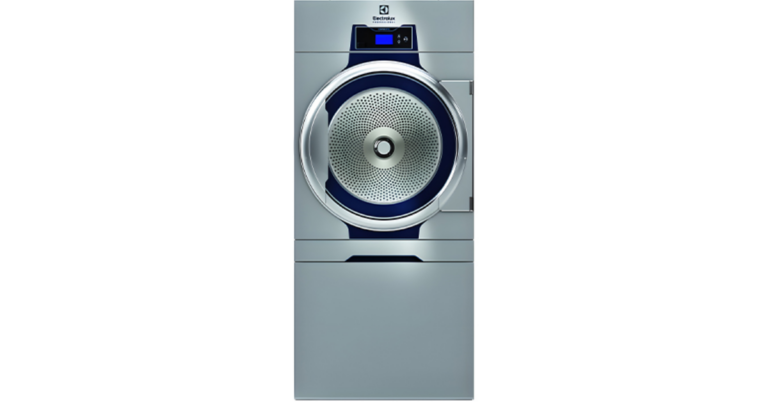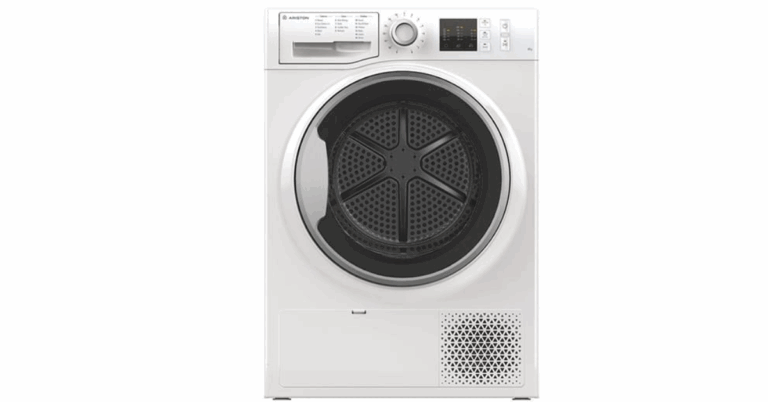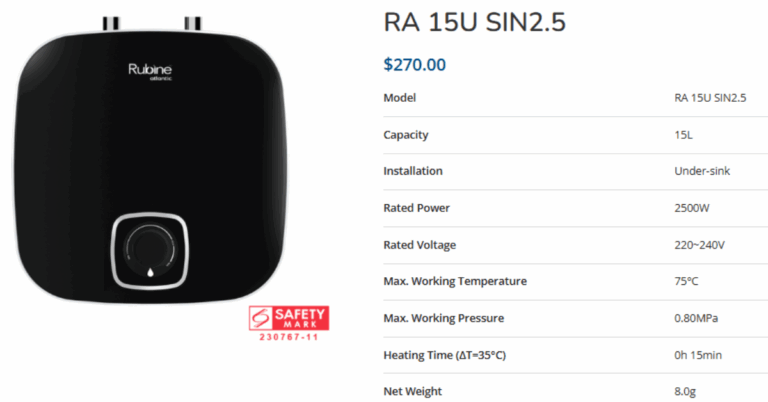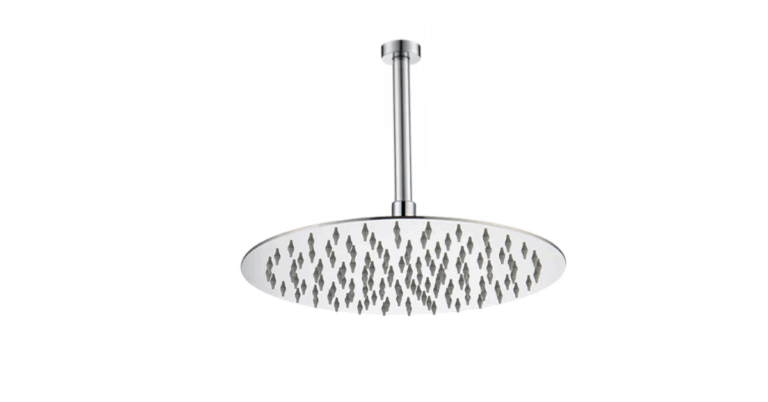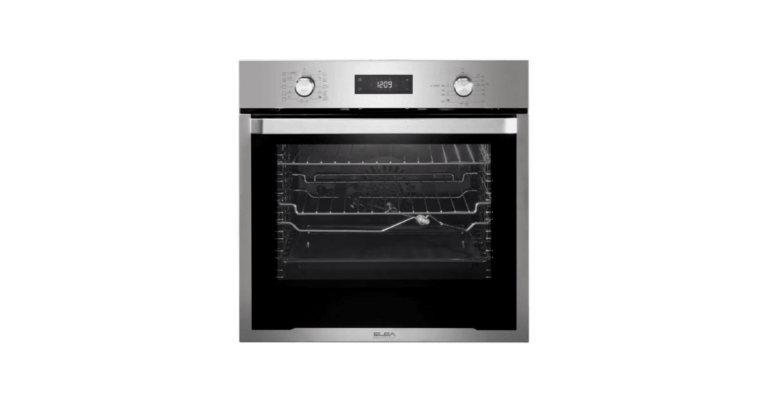Understanding the Modern Toilet Bowl: Features, Types, and Buying Guide
Toilet bowls are essential fixtures in every household, yet their importance is often overlooked until the need for a new one arises. In Singapore, where efficient use of space, water conservation, and design aesthetics play a significant role in home planning, choosing the right toilet bowl can significantly impact comfort and functionality. This article explores the key aspects of Toilet Bowl from design types and flushing technologies to practical considerations when selecting one for your home or commercial space.
Types of Toilet Bowls
Toilet bowls come in several types, each with its unique design and benefits. Understanding these types helps in selecting the one that best fits your bathroom’s layout and user needs.
Close-Coupled Toilet Bowls
Close-coupled toilet bowls are among the most common in Singapore. In this design, the cistern is mounted directly on the back of the toilet bowl, forming a single, compact unit. These toilets are easy to install and maintain, offering an excellent balance between functionality and aesthetics.
Wall-Hung Toilet Bowls
Wall-hung toilet bowls are a modern and stylish option. The bowl is suspended off the ground, and the cistern is concealed behind the wall, giving a clean and minimalist look. This design is ideal for small bathrooms as it creates the illusion of more space and allows for easier floor cleaning.
Back-to-Wall Toilet Bowls
This type combines elements of both close-coupled and wall-hung designs. The toilet bowl is installed flush against the wall, with a concealed cistern usually hidden within a cabinet or wall cavity. It offers a streamlined appearance without requiring the structural adjustments needed for wall-hung installations.
One-Piece Toilet Bowls
One-piece toilets feature a design where the bowl and tank are molded as a single unit. This eliminates joints and seams, making cleaning easier and reducing the risk of leaks. These toilets are typically more expensive than two-piece models but offer enhanced durability and a sleek look.
Key Features to Consider
When choosing a toilet bowl, it’s not just about the design. Modern toilet bowls come equipped with various features that enhance hygiene, comfort, and efficiency.
Flushing Mechanism
Flushing technology has evolved significantly in recent years. Some common systems include:
-
-
Single Flush: A standard mechanism where a fixed volume of water is used for each flush.
-
Dual Flush: Offers two options—typically 3 liters and 6 liters—to allow users to conserve water depending on the type of waste.
-
Pressure-Assisted Flush: Utilizes air pressure to deliver a powerful flush. This is suitable for commercial settings or households with frequent usage.
-
Water Efficiency
Singapore’s Public Utilities Board (PUB) promotes water-efficient fixtures through the Water Efficiency Labelling Scheme (WELS). When purchasing a toilet bowl, looking for models with higher WELS ratings ensures reduced water usage without compromising performance.
Bowl Shape and Height
Toilet bowls come in various shapes—primarily round and elongated. Elongated bowls offer more sitting comfort, while round bowls save space. Height is also a factor; standard toilets are around 15 inches tall, while comfort height models are about 17 to 19 inches, making them suitable for elderly users and those with mobility issues.
Soft-Close Seats and Covers
A soft-close seat is a small but impactful upgrade. It prevents the lid from slamming shut, reducing noise and potential damage to the toilet or seat.
Rimless Design
Rimless toilet bowls are increasingly popular due to their superior hygiene. The absence of a traditional rim means there are fewer places for bacteria and grime to accumulate, and they are much easier to clean.
Smart Toilet Features
High-end models come equipped with smart features such as bidet functions, heated seats, deodorizing systems, and even night lights. These add a luxury touch and are especially popular in modern Singapore homes and hotels.
Installation Considerations
Installing a toilet bowl involves more than just choosing a design. The existing plumbing layout, floor structure, and water pressure can all impact your options.
Outlet Configuration
Toilet bowls in Singapore typically come in two outlet types—P-trap and S-trap. P-traps are wall-mounted waste outlets, while S-traps are floor-mounted. Matching the toilet to your existing plumbing is essential to avoid extensive modifications.
Space Availability
Measure your bathroom space carefully, including the distance from the wall to the waste outlet (known as the rough-in size). Some designs, like one-piece or wall-hung models, require more planning to ensure a proper fit.
Professional Installation
While DIY installation might seem tempting, hiring a licensed plumber ensures compliance with local building codes and prevents issues such as leaks or incorrect fittings.
Maintenance and Cleaning
A toilet bowl is used multiple times a day, making regular maintenance vital to hygiene and longevity.
-
-
Daily Cleaning: Use mild, non-abrasive cleaners to prevent surface damage. Avoid bleach or acidic cleaners if the toilet has a special glaze or coating.
-
Check for Leaks: Regularly inspect the base and the flushing system for any signs of leakage.
-
Replace Worn Parts: Components like flapper valves, flush buttons, or seat hinges can wear out over time. Replacing them promptly keeps the toilet functioning optimally.
-
Popular Toilet Bowl Materials
Most toilet bowls are made from ceramic due to its durability and ease of cleaning. However, materials like porcelain and vitreous china are also common and offer enhanced resistance to stains and scratches.
For high-end models, manufacturers may use advanced materials with antibacterial coatings or self-cleaning glazes, providing additional hygiene benefits.
Choosing a Toilet Bowl for Different Settings
The right toilet bowl may vary depending on where it will be installed.
Residential Homes
For homes, especially HDB flats and condominiums, space-saving designs like close-coupled or wall-hung toilets are popular. Comfort features such as soft-close seats and water-saving flush systems are also important considerations.
Commercial Establishments
In public or commercial spaces, durability and easy maintenance are key. Pressure-assisted flushing systems and wall-hung models are often preferred for high-traffic areas due to their robust performance and ease of cleaning.
Elderly-Friendly Toilets
For elderly users, comfort-height toilets with support bars and soft-close lids enhance usability and safety. Some models even feature integrated bidets with temperature control.
Environmental Considerations
Water conservation is a pressing concern globally, and Singapore is no exception. By choosing a toilet bowl with a high WELS rating and a dual-flush mechanism, homeowners can contribute to sustainable water usage.
Moreover, manufacturers are increasingly producing eco-friendly models made from sustainable materials and incorporating energy-efficient smart features.
Final Thoughts
A toilet bowl may seem like a basic fixture, but its role in daily life and overall bathroom functionality is significant. Whether you’re renovating your home, outfitting a new flat, or upgrading a commercial restroom, selecting the right toilet bowl involves understanding the various types, features, and installation requirements.
With the wide range of options available in Singapore today, from budget-friendly models to luxurious smart toilets, there’s a perfect fit for every need and preference. Prioritize comfort, water efficiency, and hygiene to ensure a long-lasting and satisfying investment.

